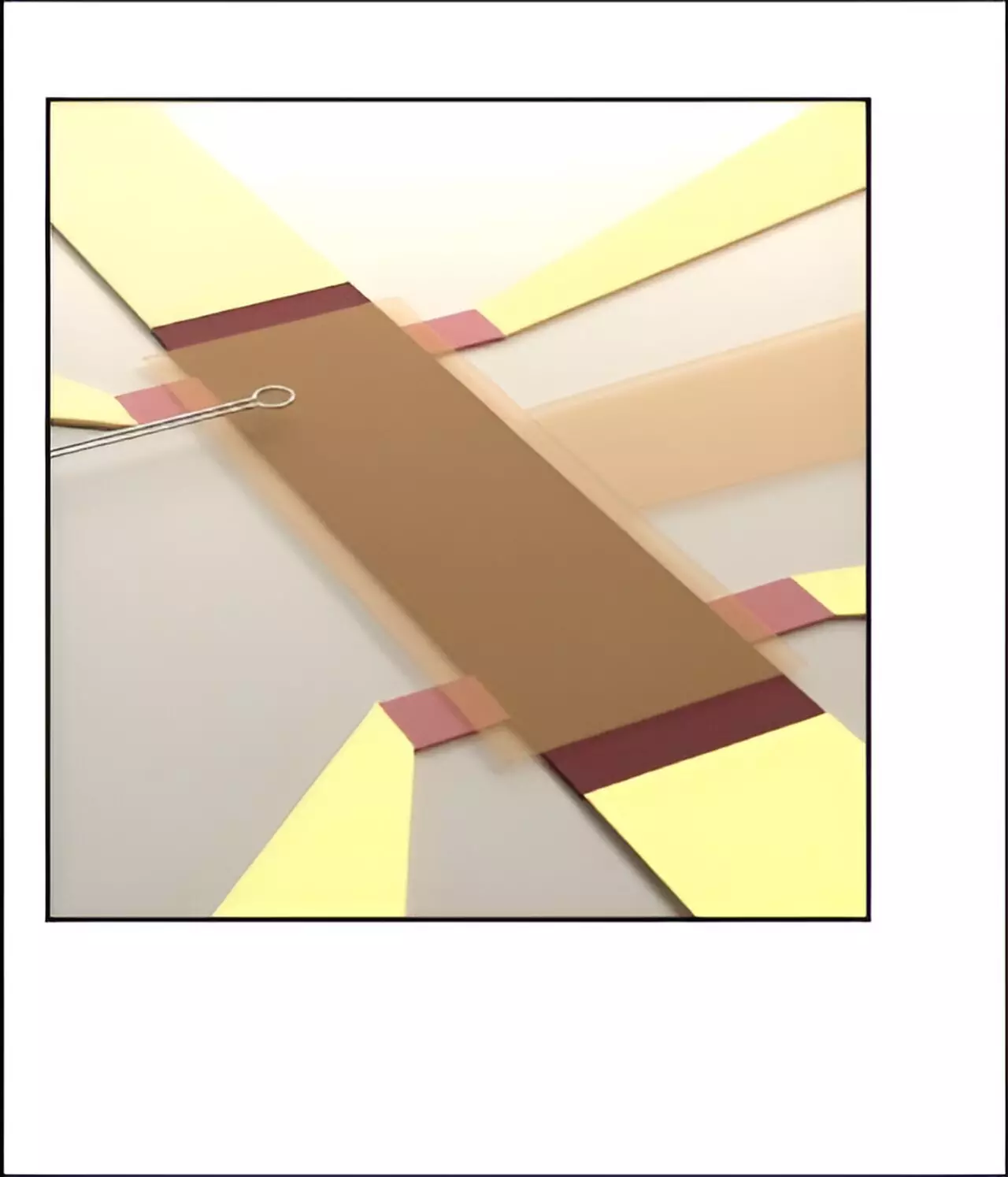Topological protection is a vibrant field of research that has garnered increasing attention in recent years, particularly due to its implications for quantum physics and potential applications in quantum computing. The concept of topological protection signifies the robustness of certain phenomena against perturbations; however, it simultaneously enforces a form of topological censorship, obscuring local microscopic details that could offer a richer understanding of these states. A recent publication by Douçot, Kovrizhin, and Moessner provides significant insights by peeling back the layers of this censorship and unveiling intriguing microscopic phenomena underlying these robust states.
Topological protection arises from the geometric nature of quantum wavefunctions. In essence, the unique structures of these wavefunctions confer stability to exotic states of matter, allowing them to exist in non-traditional forms, such as the now-renowned topological insulators and Chern insulators. Awarded the Nobel Prize in Physics in 2016, David J. Thouless and his colleagues opened the door to this intriguing realm by suggesting that, at extremely low temperatures, electrons and atoms could engage in novel arrangements that differ vastly from conventional matter. This conceptual framework has paved the way for investigations into the ability of various substances to exhibit quantized properties, leading to significant breakthroughs in physics.
A key challenge that arises due to topological censorship is the necessity to navigate between the global properties, such as quantized resistance, that are easily observed, and the local characteristics that remain hidden from traditional measurements. Experimental results typically highlight universal aspects of these systems, often at the cost of losing valuable local information that might enhance our understanding of their underlying behavior. This predicament can be compared to the elusive nature of black holes, where internal information remains concealed behind an event horizon. While topological censorship serves a protective function, it has resulted in a fragmented perception of the overall quantum landscape.
The notion that current in the quantum Hall effect is confined to edge states is standard within theoretical frameworks. This perspective has been extensively validated through previous experiments, yet recent findings challenge this orthodox viewpoint. Innovations in experimental techniques have revealed that quantized currents might not adhere strictly to the edges. Instead, they can manifest more broadly across the bulk of certain materials, such as Chern insulators, thereby breaching topological censorship.
The work presented in the journal Proceedings of the National Academy of Sciences represents a significant step forward in reconciling these recent surprises with theoretical constructs. The collaborative research involving MPI-PKS (Dresden) and Paris not only elucidates the mechanisms permitting bulk transport but also revisits the expectation of edge confinement. By conducting a thorough theoretical analysis, the researchers identified a ‘meandering edge state’ that facilitates quantized current flow throughout the bulk of a Chern insulator rather than being tightly channeled along the edges.
One profound statement made in the paper was a recognition of different possible designs for these states; they can be visualized as wide and flowing channels rather than narrowly defined pathways, which resonates with the complexities of fluid dynamics. This novel understanding represents a departure from the commonly held belief that current is strictly edge-bound, highlighting the intricate behaviors of these materials.
The advancements made by research groups at institutions like Stanford and Cornell in utilizing local probes have illuminated hitherto obscured facets of quantum systems. Detecting local magnetic fields and mapping the current flow in Chern insulators revealed that the electron current does not conform merely to the expected edge pathways. Instead, it exhibited a surprising tendency to flow through the interior of the samples, contingent on the configurations made by external voltage.
This paradigm shift is aptly described by the theorists’ comment on addressing the flow of quantized current within a Chern insulator. The acknowledgment of enduring questions surrounding the anomalous quantum Hall effect signifies a moment of realization—one that could ultimately dissolve the veil imposed by topological censorship and incite further explorations into the myriad of fascinating topological states.
The revelations surrounding topological protection not only transform our understanding of these exotic states but also spark a flame of curiosity for future inquiries. With their theoretical framework aligning with recent experiments, Douçot, Kovrizhin, and Moessner have illuminated critical pathways for exploration in the field of topological matter. The stage is now set for researchers to dive deeper into the world of quantum physics equipped with newfound insights, propelling both theoretical and experimental advancements that could redefine our grasp of matter’s enigmatic complexity. As we move forward, the continuous unraveling of topological protection promises not only to enhance our theoretical understanding but also to pave the way for revolutionary technology in quantum computing and beyond.

